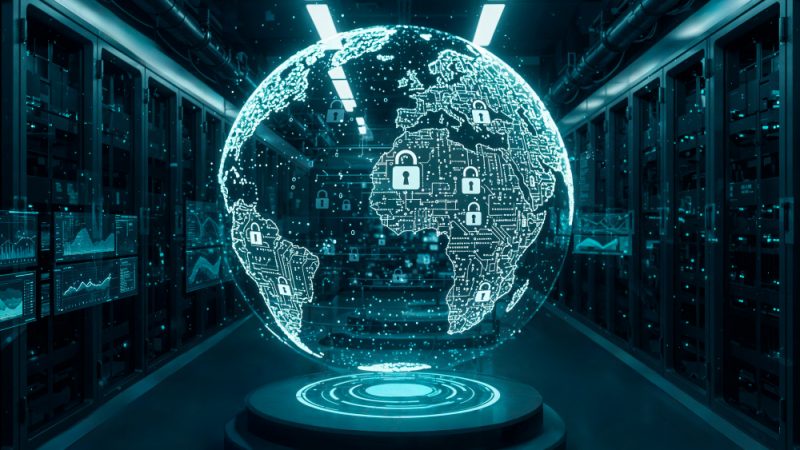Unveiling the Hidden Dangers Lurking Beneath the Surface of the Internet

The Internet is a wide playground for communication, information, and business today. The lure of unlimited content and social connectivity sometimes masks internet risks. We know about surface concerns like hacking, phishing, and malware, but a more subtle threat is often missed. These hidden threats may seem unrelated to daily internet behavior, yet they can affect personal and collective cybersecurity.
The dark underbelly and defensive measures
This deeper layer, called the “dark web,” fosters illegal activities like people trafficking, drug sales, and weapon sales. Security measures like using dark web monitoring for protection have become increasingly essential for individuals and organizations. Such proactive measures can protect sensitive data and alert users if their data is sold in illegal markets. Dark web monitoring should be part of a comprehensive online security plan.
The propagation of fake news and deepfakes
The Internet underbelly spreads misinformation and dangerous content that can have real-world consequences, in addition to criminal activity. Examples include fake news and deepfakes. Artificial intelligence is used to make convincing false movies, audio recordings, and news articles, making it hard for the typical person to discern the difference. This reduces public trust in media and institutions and can cause social or political turmoil, threatening social stability.
Social engineering and psychological manipulation
Human behavior manipulation through social engineering is another overlooked issue. Cybercriminals and unethical businesses utilize sophisticated psychological techniques to get sensitive information or behaviors. Phishing emails and social media scams trick users into dropping their guard by using cognitive biases. Such manipulation can lead to financial loss and identity theft.
Cyberstalking and invasion of privacy
Again, the Internet’s dark corners compromise privacy. While Google and Facebook’s data harvesting techniques are often discussed, cyberstalking is a more insidious privacy infringement. Doxxing, which involves releasing personal information, can shame or damage victims.
The financial toll of cybercrime
As we navigate the complexities of online risks, it is vital not to overlook the financial implications that can arise from cyber threats. Cybercrime, a category encompassing activities from unauthorized data breaches to ransomware attacks, is a menace to individual users and imposes a significant burden on economies worldwide. In many instances, victims face substantial financial losses, whether through drained bank accounts, unauthorized transactions, or ransom payments to regain control of compromised data. Moreover, businesses can suffer a loss of consumer trust and subsequent revenue decline after a successful cyberattack, which often necessitates costly investments in security improvements and public relations campaigns. The financial toll of cybercrime serves as another compelling reason for individuals and organizations to adopt rigorous cybersecurity measures.
Conclusion
The Internet at our fingertips is just the tip of the iceberg. Many threats endanger our digital and real-world well-being. Each person must take a more holistic approach to cybersecurity as our online and offline lives merge. This involves technological precautions like dark web monitoring, firewalls, antivirus software, and a critical attitude that can spot hidden hazards in the digital environment. Furthermore, ongoing education about evolving cyber threats and best practices is essential for maintaining a robust defense against the diverse risks lurking beneath the surface of the Internet.
Image attributed to Pexels.com






